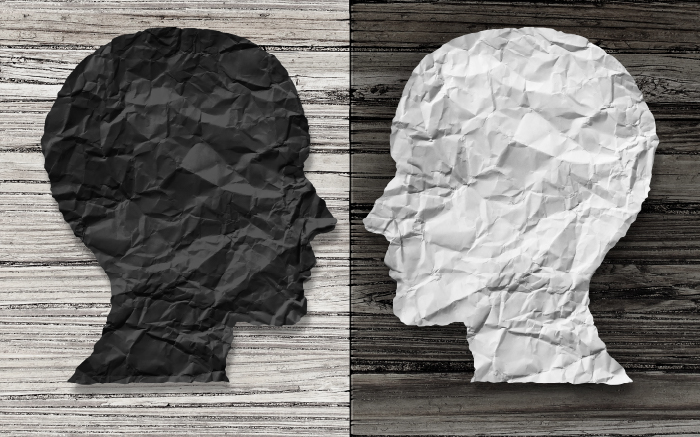Post-Traumatic Stress Disorder (PTSD) represents a significant public health concern. This disorder is exacerbated by a blend of individual vulnerabilities and exposure to traumatic events. Despite the universality of trauma exposure across populations, the development of PTSD is profoundly influenced by a combination of risk factors, making certain groups more susceptible.
Basic Concepts and How It Affects the Body
PTSD develops after someone experiences a traumatic event. It involves changes in brain function, specifically in areas that manage stress hormones, emotions, and decision-making. These changes can lead to symptoms like flashbacks, avoiding reminders of the trauma, negative thoughts and feelings, and increased stress and reactivity
Who and Why: Those Affected and Risk Factors
The likelihood of developing PTSD varies widely among different groups of people, affected by factors like the type and severity of trauma experienced, previous mental health issues, the level of social support, and other ongoing stresses. Some groups are at a notably higher risk:
Military Personnel and Veterans: Research shows that military members often have higher rates of PTSD due to combat exposure, the ethical challenges faced during service, and the stress from multiple deployments.
First Responders: Police, firefighters, and EMS workers frequently face traumatic situations in their jobs, which increases their risk of PTSD. This risk is compounded by stress from their work environments and the stigma around seeking mental health care.
Survivors of Sexual Assault and Domestic Violence: The deeply personal nature of these crimes and the possibility of repeated harm greatly increase the likelihood of PTSD. Factors like gender, economic status, and access to support services also play crucial roles in their recovery process.
Refugees and Displaced Populations: Refugees often endure severe traumas such as war, forced relocation, and persecution. The difficulties of resettling in a new place, along with adapting to a new culture, emphasize the importance of mental health care that respects their cultural backgrounds.
Healthcare Professionals: Recent studies, especially following the COVID-19 pandemic, highlight the significant mental strain on healthcare workers caused by constant exposure to patient suffering, ethical challenges, and the fear of getting sick themselves.
Strategies for Healing and Support
Treating PTSD effectively requires a comprehensive strategy that includes recognizing it early, using scientifically supported psychotherapies, medication treatments, and overall support systems. It’s essential to take proactive steps, like training first responders in trauma awareness, creating military resilience programs, forming support networks for violence survivors, and offering culturally aware mental health services for refugees. Also, reducing job-related stress and improving access to mental health resources are vital for healthcare workers.
Understanding who is most at risk for PTSD needs a broad approach that uses knowledge from neuroscience, psychology, and social science. Tailoring treatments to meet the specific needs of these high-risk groups and creating supportive environments that encourage resilience and help recovery is crucial. As psychiatry progresses, personalizing treatment by combining genetic, brain-based, and social factors offers potential to transform care for PTSD. By working together in research, clinical practice, and policy-making, we aim to lessen the significant effects of PTSD on individuals and society.






